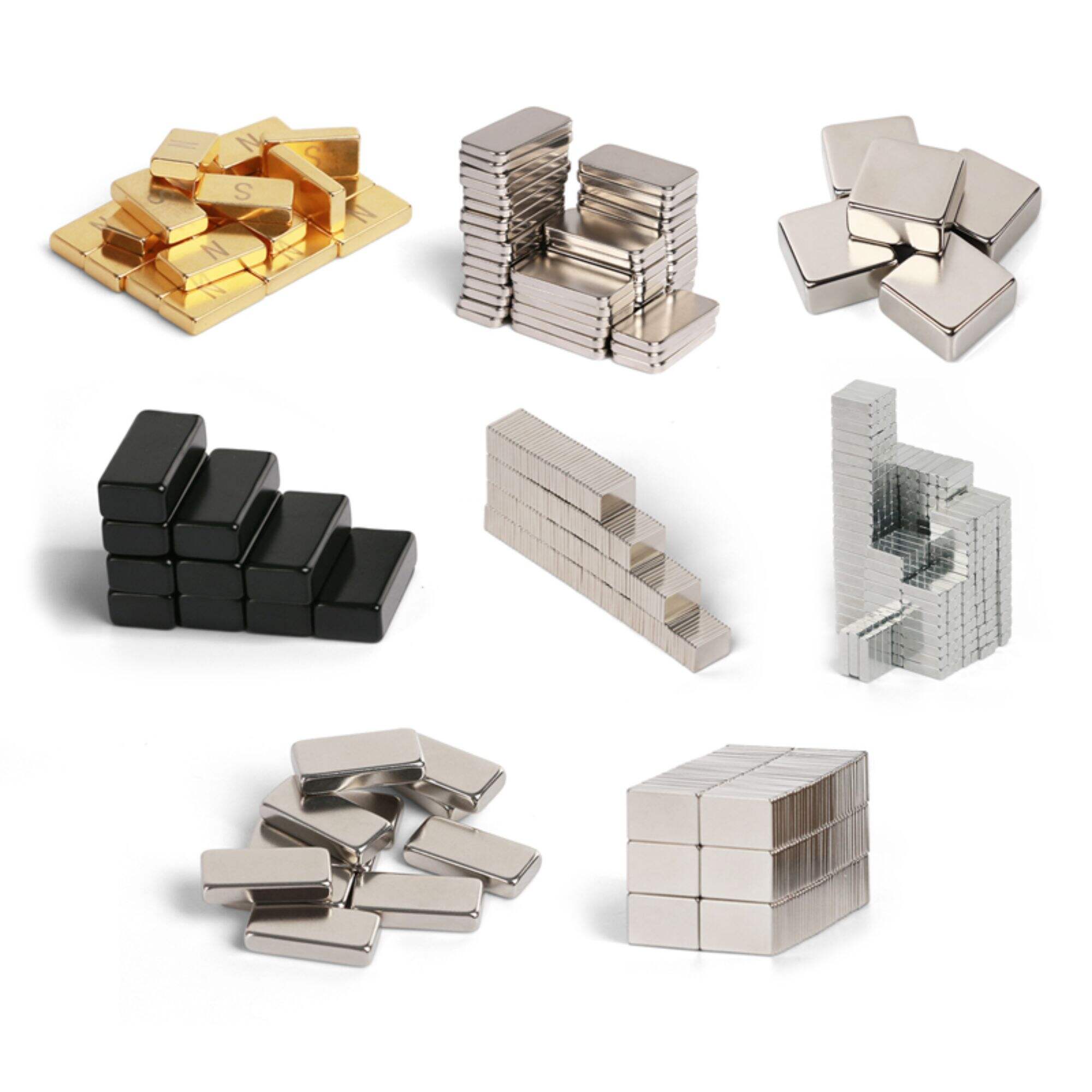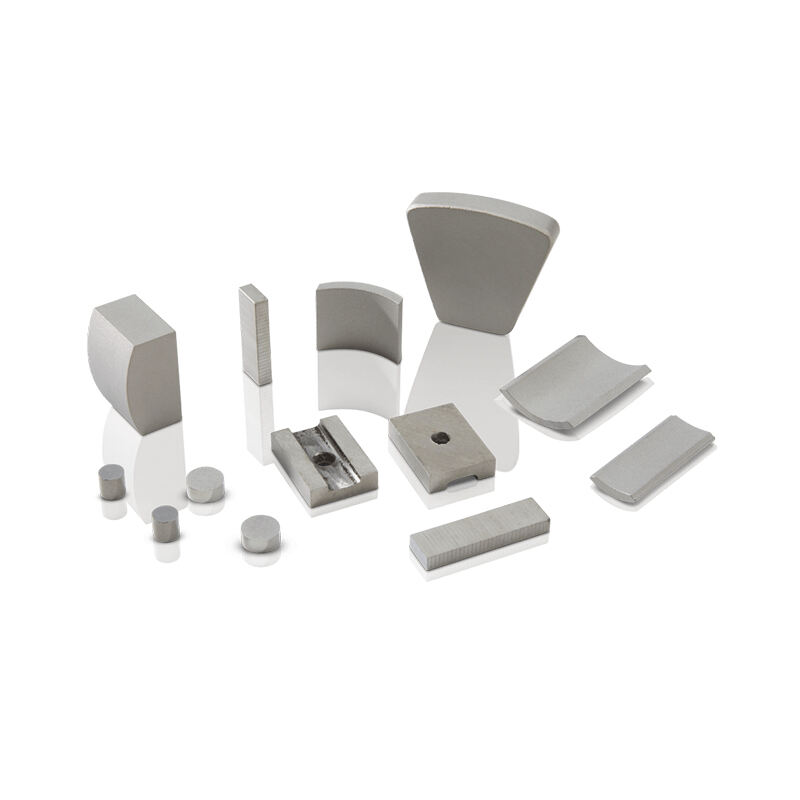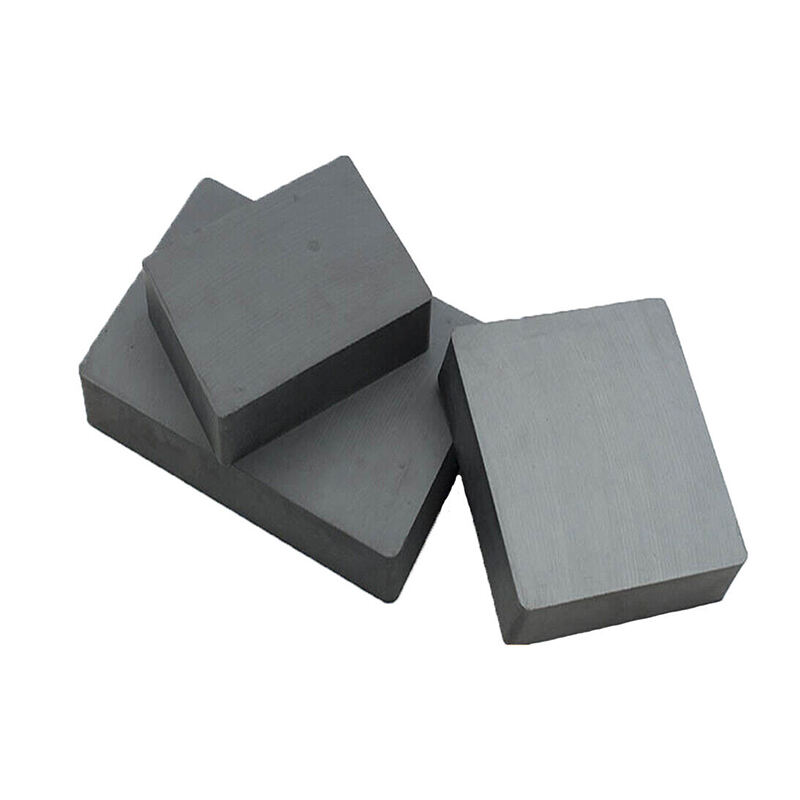Some knowledge about maglev that you may be interested in
Are you bothered by long-distance commuting time? Although we can reach your destination by taking the subway, driving, and flying, it still feels like it takes a long time. However, there is a technology that can make a qualitative leap in our commuting time, and that is magnetic levitation. Perhaps you feel that magnetic levitation only exists in movies or TV dramas. But in July 2023! Sukbae Lee (이석배), Ji-Hoon Kim (김지훈), and others from the Korea Institute of Science and Technology first formed a team to study the material. Pure lead apatite is an insulator, but according to Sukbae Lee and others, copper-doped lead apatite that forms LK-99 is a superconductor, or a metal at higher temperatures. Although there is no confirmed room-temperature superconducting material at normal pressure, it also gives us hope! Let's see how this magical LK-99 performs on the magnet!
I believe you have also seen that when the magnet approaches the material from below, the material stands up due to repulsion. After changing the magnetic poles, the material still stands up due to repulsion when approaching the material.
This "little black dot" keeps falling or standing up as the NdFeB magnet approaches and moves away. Both the S pole and the N pole are effective, that is, repulsion has nothing to do with the magnetic pole, showing anti-magnetism.
Let's not talk about whether LK-99 is really superconducting. The NdFeB permanent magnet can make it levitate.
Speaking of NdFeB permanent magnets, we must discuss Tesla Model S.
Elon Musk is so bold that when Tesla held the launch event for its first sedan, the Model S, they didn't even assemble it. The chassis was based on the Mercedes-Benz CLS, and the aluminum body panels and engine cover were glued to the steel frame with neodymium iron boron magnets.

When Tesla made its first two full-size car models, they used induction motors to power the vehicles. These motors were based on Nikola Tesla's original motor design, which was a brilliant design that predated the invention of rare earth magnets by nearly 100 years.
Induction motors generate their own magnetism and drive the rotor through electricity, and they operate without any type of permanent magnets.
The induction motor design is good, but Tesla switched to permanent magnet motors for the Model 3 in 2017 for good reason: the Model 3 is a smaller car, and it needs a smaller motor but still has plenty of power.
So, starting with the Model 3, Tesla used neodymium iron boron motors because they are more space-saving, lighter, and can generate more force.
Use of magnets in cars: such as air conditioning, brake systems, drive motors, oil pumps, etc.

In fact, in addition to being used in automobiles, magnets are also widely used in mobile phone speakers, headphones, vibration motors, electromagnets, hair dryers, fans, refrigerators, washing machines, etc.

(Proportion of magnet usage)
So, besides permanent magnets like NdFeB, what are the other three major types of magnets? What is the production process?
Let's take a closer look!
First, let's understand the maximum magnetic energy product of magnets
Currently, there are three types of magnets: permanent magnets, temporary magnets, and electromagnets.

Permanent magnets produce a magnetic field that is maintained even in the presence of an opposing magnetic field. Electric motors that use permanent magnets are more efficient than those that do not. Currently, all known strong magnets contain rare earth elements, which are key components for electric vehicles and wind turbines. Elements such as neodymium and thorium have become key materials due to growing demand and limited supply.
Permanent magnets are unique in that once produced, they provide magnetic flux without energy input, resulting in zero operating costs. In contrast, electromagnetic magnets require a continuous current to generate a magnetic field.
An important property of permanent magnets is that they maintain their magnetic field even in the presence of an opposing external magnetic field. However, if the strength of the opposing magnetic field is high enough, the internal magnetic nuclei of the permanent magnet will align with the opposing magnetic field, resulting in demagnetization.
Permanent magnets essentially act as energy storage devices. Energy is injected during the initial magnetization process, and if manufactured and handled properly, it will remain in the magnet indefinitely. Unlike a battery, the energy in a magnet never runs out and remains available for use. This is because magnets have no net effect on their surroundings. Instead, they use their energy to attract or repel other magnetic objects, aiding in the conversion between electrical and mechanical energy.
The energy of a magnetic field is proportional to the product of B and H. When the product of BH is maximized (denoted as (BH)max), the minimum volume of magnet is required to produce a given magnetic field in a given gap. The higher the (BH)max, the smaller the volume of magnet is required to produce a given flux density. (BH)max can be thought of as the static magnetic energy per unit volume of the magnet material. BH is measured in Mega-Gauss Oersteds (MGOe) or kJ/mXNUMX.
In the permanent magnet industry, the maximum magnetic energy product represents the magnetic energy density of the permanent magnet and is the most commonly used parameter to characterize the performance of permanent magnets.
Classification of Permanent Magnets
Permanent magnets can be divided into four types: neodymium iron boron (NdFeB), samarium cobalt (SmCo), aluminum nickel cobalt (AlNiCo), and ceramic or ferrite magnets.
Let's start with the most cost-effective magnets: Neodymium Iron Boron Magnets

Neodium magnets (NdFeB) are one of the most widely used permanent magnet materials in commercial applications, known for their high magnetic energy product and magnetic strength.
Neodium magnets are the strongest and most controversial magnets. They belong to the category of rare earth magnets because they are composed of neodymium, iron and boron elements.
Due to the iron content, neodymium iron boron magnets are easily oxidized and have poor corrosion resistance, and often require coatings such as nickel plating, epoxy coating or zinc coating.
However, they are high energy density products (up to 55 MGOe) with high toughness, and using them allows smaller size hard disk drives, motors, and audio equipment.
The operating temperature range of neodymium magnets is 80°C to 200°C. However, high-quality neodymium materials that can operate above 120°C can become quite expensive.
Considering cost-effectiveness, neodymium magnets are definitely the first choice.
Maybe you are thinking that the working temperature of my magnet will exceed 200°C, so is it impossible to use the magnet in this environment? This problem may be solved by sanitary cobalt magnets.
Salmium Cobalt (SmCo) is a premium permanent magnet material primarily made from cobalt and samarium, making it the most costly magnetic material to produce. Its high cost is mainly due to the significant cobalt content and the brittleness of the samarium alloy.

These permanent magnets are highly corrosion-resistant and can endure temperatures of up to 350°C, and sometimes even up to 500 degrees. This temperature resilience gives them a distinct advantage over other types of permanent magnets that are less tolerant to heat. Just like neodymium magnets, samarium cobalt magnets also need coatings to prevent corrosion.
However, the downside of this magnet variety is its low mechanical strength. Salinity Cobalt magnets can easily turn brittle and develop cracks. Nonetheless, in cases where high temperature and corrosion resistance are essential, samarium cobalt magnets might be the most appropriate option.
Neodymium magnets excel in lower temperatures, while Sammonium Cobalt magnets perform best at higher temperatures. Neodymium magnets are known for being the most powerful permanent magnets at room temperature and up to approximately 180 degrees Celsius based on remanent magnetization (Br). However, their strength declines significantly as temperature increases. As temperatures near 180 degrees Celsius, Sammonium Cobalt magnets start to surpass Neodymium magnets in performance.
Sammonium Cobalt ranks as the second strongest magnetic material and boasts exceptional resistance to demagnetization. It is commonly utilized in the aerospace industry and other sectors prioritizing performance over cost.
Samarium cobalt magnets, developed in the 1970s, exhibit a higher magnetic strength compared to ceramic and aluminum-nickel-cobalt magnets, albeit falling short of the magnetism offered by neodymium magnets. These magnets are mainly classified into two groups based on their energy levels. The first group, known as Sm1Co5 (1-5), boasts an energy product range spanning from 15 to 22 MGOe. On the other hand, the second group, Sm2Co17 (2-17), encompasses an energy range of 22-32 MGOe.
Both samarium cobalt and neodymium magnets are fabricated from powdered metals. They are compressed under the influence of a potent magnetic field before undergoing a sintering process.
Neodymium magnets are highly sensitive to environmental factors, whereas samarium cobalt rare earth magnets exhibit excellent corrosion resistance. Samarium cobalt rare earth magnets can endure high temperatures without losing their magnetism, whereas neodymium magnets should be used cautiously above room temperature. Neodymium magnets are more durable compared to samarium cobalt magnets and can be easily machined and incorporated into magnetic assemblies. Both materials necessitate the use of diamond tools, EDM, or grinding during the machining process.
Next let us learn about Alnico magnets
Aluminum Nickel Cobalt Magnets (AlNiCo) are conventional permanent magnet materials consisting mainly of aluminum, nickel, and cobalt. They stand as one of the earliest contemporary commercial permanent magnets, innovated by T. Mishima in Japan during the early 20th century.
Despite their notable remanence, their relatively modest toughness leads to a reduced magnetic energy product (BH)max when compared to other magnet types. Cast AlNiCo possesses the ability to be formed into intricate shapes, whereas sintered AlNiCo showcases slightly lesser magnetic properties but superior mechanical properties due to its fine grain structure, resulting in a uniform flux distribution and enhanced mechanical strength.
Sintering AlNiCo encompasses induction melting, grinding into fine particles, pressing, sintering, testing, coating, and magnetizing. Various manufacturing methods impact the magnet properties, with sintering enhancing mechanical attributes and casting boosting energy density.
Sintered AlNiCo magnets come in grades ranging from 1.5 to 5.25 MGOe, while cast magnets range from 5.0 to 9.0 MGOe. Anisotropic AlNiCo magnets offer customized magnetization direction options, providing valuable versatility.
Aluminum Nickel Cobalt alloys exhibit high maximum operating temperatures and exceptional corrosion resistance. Some Aluminum Nickel Cobalt grades can function at temperatures exceeding 500°C. These magnets are extensively used in microphones, speakers, electric guitar pickups, motors, traveling wave tubes, Hall sensors, and various other applications.
Finally, let us understand the magnet with the most price advantage, which is ferrite magnet.

Ferrite magnets, also known as ceramic magnets, are composed of sintered iron oxide along with materials like barium carbonate or strontium carbonate. These magnets are recognized for their economical pricing, effective corrosion resistance, and ability to maintain stability at high temperatures up to 250°C.
While their magnetic characteristics are not as strong as those of NdFeB magnets, the cost-effectiveness of ferrite magnets makes them well-suited for large-scale manufacturing. This cost advantage stems from the use of inexpensive, readily available materials that are non-strategic in nature.

Ceramic magnets can be isotropic, showing uniform magnetic properties in all directions, or anisotropic, displaying magnetization in alignment with the stress direction. The most potent ceramic magnets can achieve a magnetic energy of 3.8 MGOe, making them the weakest type of permanent magnet. Despite their modest magnetic properties, they offer superior resilience to demagnetization compared to other magnet types.
Ceramic magnets exhibit a low magnetic energy product and possess excellent corrosion resistance, commonly used alongside low carbon steel components and suitable for use in moderate temperature environments.
The manufacturing process of ceramic magnets involves pressing and sintering, with recommended use of diamond grinding wheels due to their brittle nature.
In general, ceramic magnets offer a balance between magnetic strength and cost efficiency, with their brittleness counteracted by superb corrosion resistance. They are durable, resistant to demagnetization, and a cost-effective option for various applications like toys, crafts, and motors.
Rare earth magnets significantly enhance weight or size considerations, while ferrites are preferable for applications that do not necessitate high energy density, such as power windows, seats, switches, fans, blowers in appliances, some power tools, and audio equipment.




